So it turns out that when we go to the toilet, each of us ‘produces’ nearly 80% of the nutrients we need to grow our food. That’s quite something. If you take hold of that concept, it really does make you ask questions about why the heck we manufacture chemicals (with all the detrimental side-effects of that production) to grow food…
Recently Nick did an interview with Ollie Lavender of Sustainable Solutions Radio about this very subject, following on from his TedX Canberra talk with a similar drift. Have a listen:
[soundcloud url=”http://api.soundcloud.com/tracks/49550520″ params=”auto_play=false&show_artwork=false&color=4d9c1f” width=”100%” height=”166″ iframe=”true” /]
Or to summarize the above podcast, fortunately there’s a lot of straight-forward, completely safe and highly doable ways that you can re-cycle your family’s nutrients back though food producing systems. With very little ick factor, even. Starting with the simple act of collecting your wee.
Now before you go into the OH MY GOD mode that many people do when the discussion turns to taking responsibility for our outputs, have a look at this simple urinal setup:
It looks like a urinal, doesn’t it? And it is. With one simple difference – the outlet goes to a holding tank, instead of a drain. We haven’t constructed a girl-friendly version yet, but give us time.
Urine is not called ‘liquid gold’ by many non-western cultures for nothing. In one person’s urine is enough phosphorous equivalent to the phosphorous needed to grow an ongoing supply of food for one adult. No NPK or super-phosphates needed. How about that.
Which is a great little factoid, considering the implications of peak phosphorous. But it will only work as a concept if people actually use it.
Urine happens to be packed with nitrogen, too. Which is another major agricultural input that is added to depleted soils to ensure plant health. That’s interesting also.
Ew, you say. I’d never want that put on something I ate. And that would be fair enough – despite the fact that when it exits your body urine is completely sterile, you don’t need to pour or pee urine straight onto your lettuce. But you can add it to the soil. You can use it to grow pasture, which when cut becomes compost for your plants.
You could also add urine to pasture as part of a cycle of rotational grazing, thereby converting the goodness in that urine to grass, then to cow, and into meat (and manure).
Which in short is what we’ve started doing at Milkwood Farm, and it’s working fantastically. The urinal pictured above drains to a holding tank, which periodically is then drained to a pasture sprayer, mixed with rainwater, and sprayed out over the various pastures of Milkwood Farm.

The outlet of the urinal trough (the trough gets flushed with 1/2 bucket of water daily) which leads downhill to the holding tank
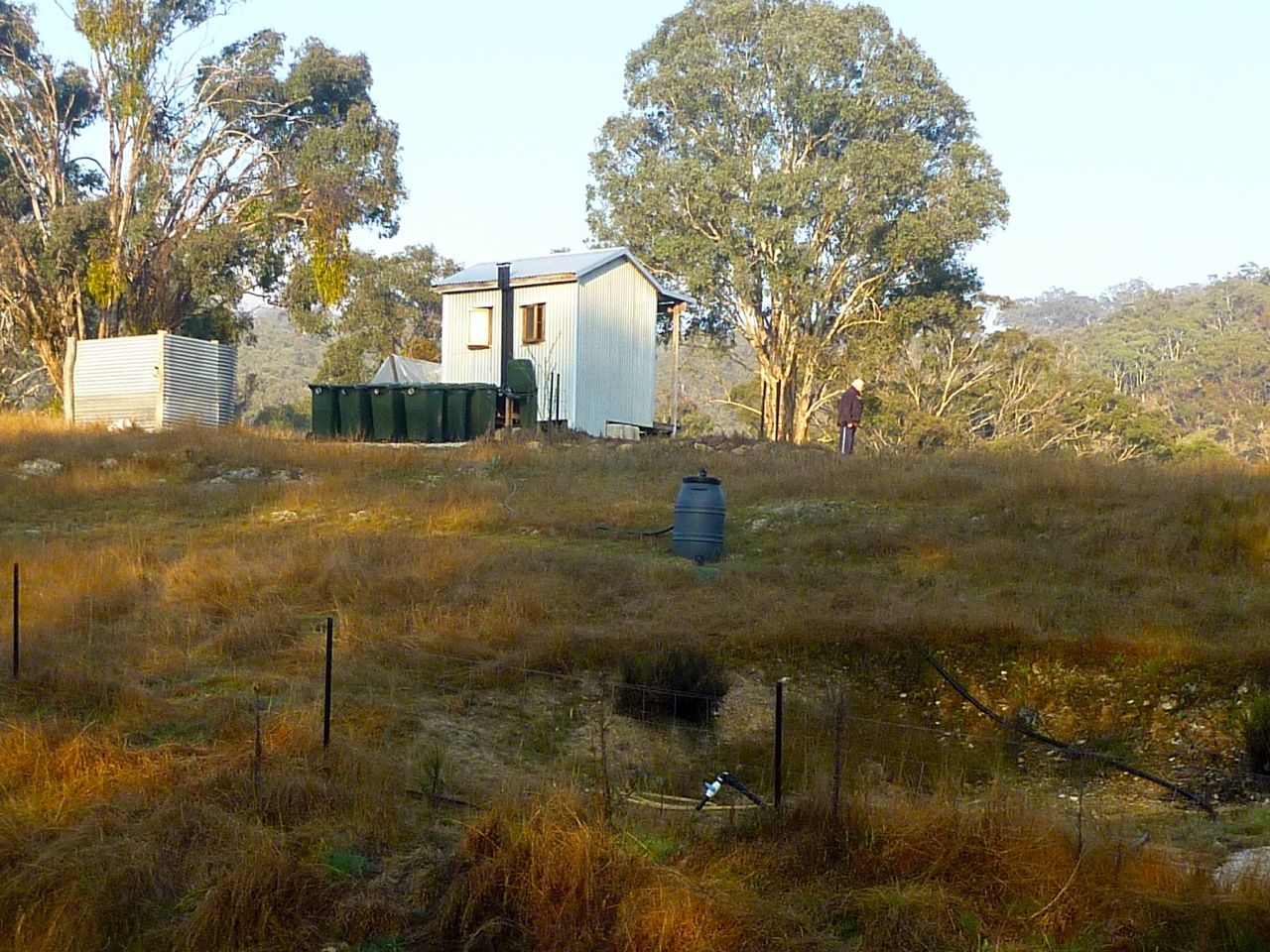
Holding tank is the grey barrel in the center, a further outlet pipe goes down to the track where the sprayer unit parks to fill up from
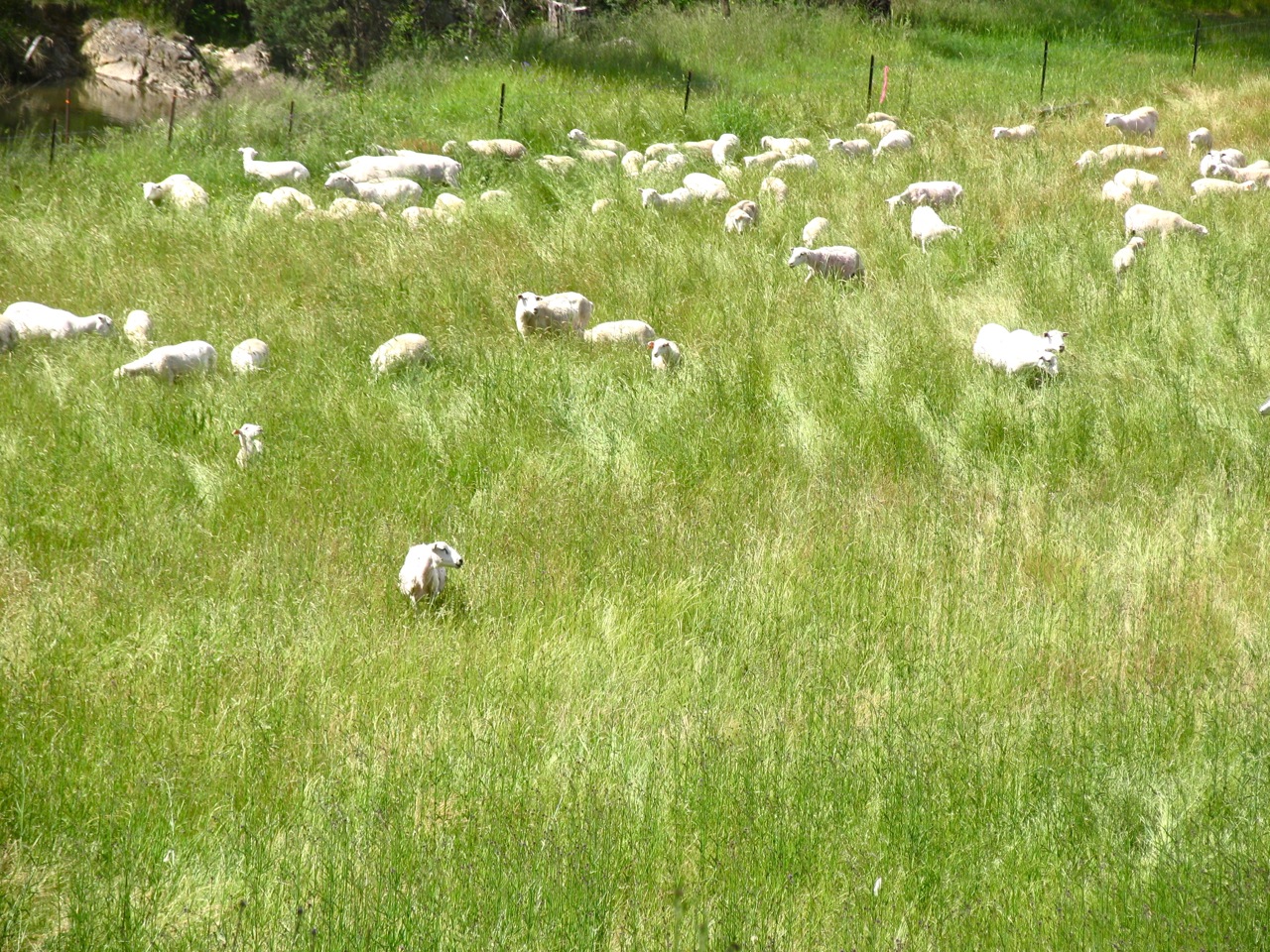
Milkwood Farm creek flat with cell-grazed sheep, made lush in part from periodic spraying with diluted ‘liquid gold’
Our farm is not blessed with good soils, but we’re changing that as opportunities and time allows. We haven’t quite manifested the micro-mob of cattle yet to mob-graze across Milkwood and our family’s farm next door (though we do have access to a mob of sheep), but we can still improve the soils with home-grown nutrients.
And of course, this sort of thing is perfectly achievable on a backyard scale too. All you need is a bucket. Or you could go all fancy and get one of these:
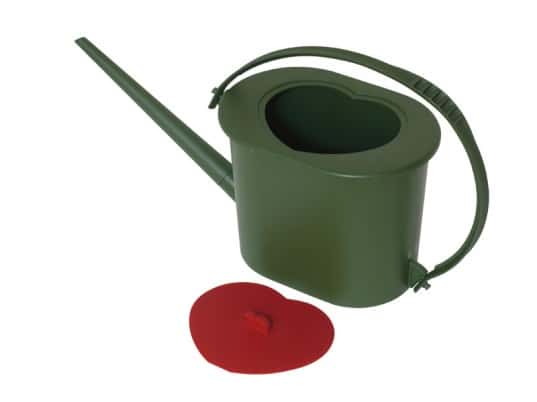
The ‘Towa’ – a Swedish designed product allowing you to make the most of your liquid gold. Doesn’t look icky to me!
In retrospect, this aspect of nutrient cycling has taken the general fertility of our farm forwards as fast as anything else we’ve done in these first years at Milkwood Farm.
And all from a supposed waste product which would normally be washed away, when it could be turned into lush pasture, orchard plantings, and tree crops. Crazy, aint it?
Thanks to Ollie Lavender of Sustainable Solutions Radio for wanting to chat about the good stuff! Definitely a podcast to keep an eye on…
>> More posts about compost toilets, nutrient cycling and liquid gold at Milkwood
*Tricia at Little Eco Footprints just posted on this important subject also, and her post contains links to a nifty-looking urine-seperator toilet if you’d rather an off-the-shelf system to collect your family’s liquid gold…


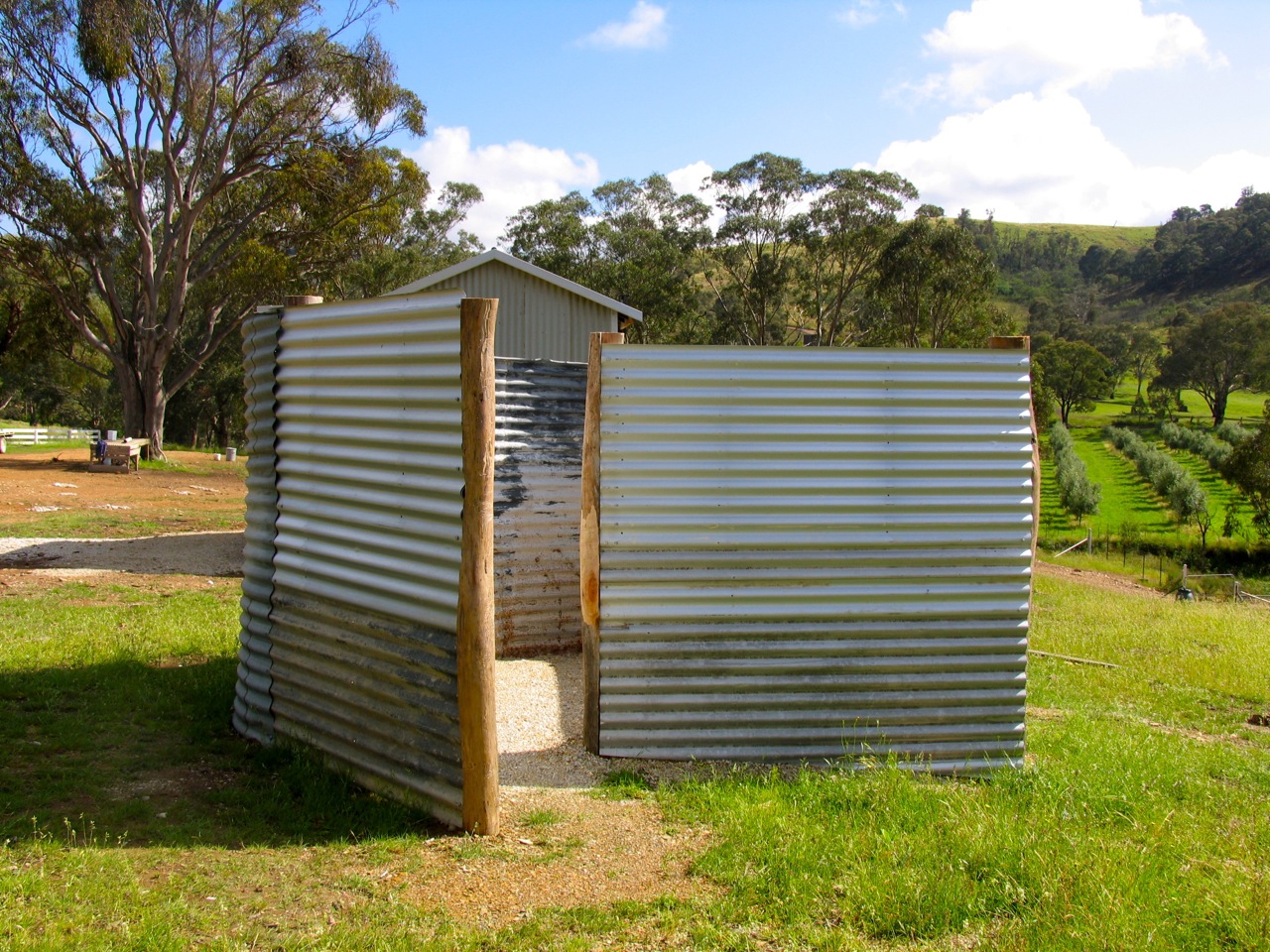
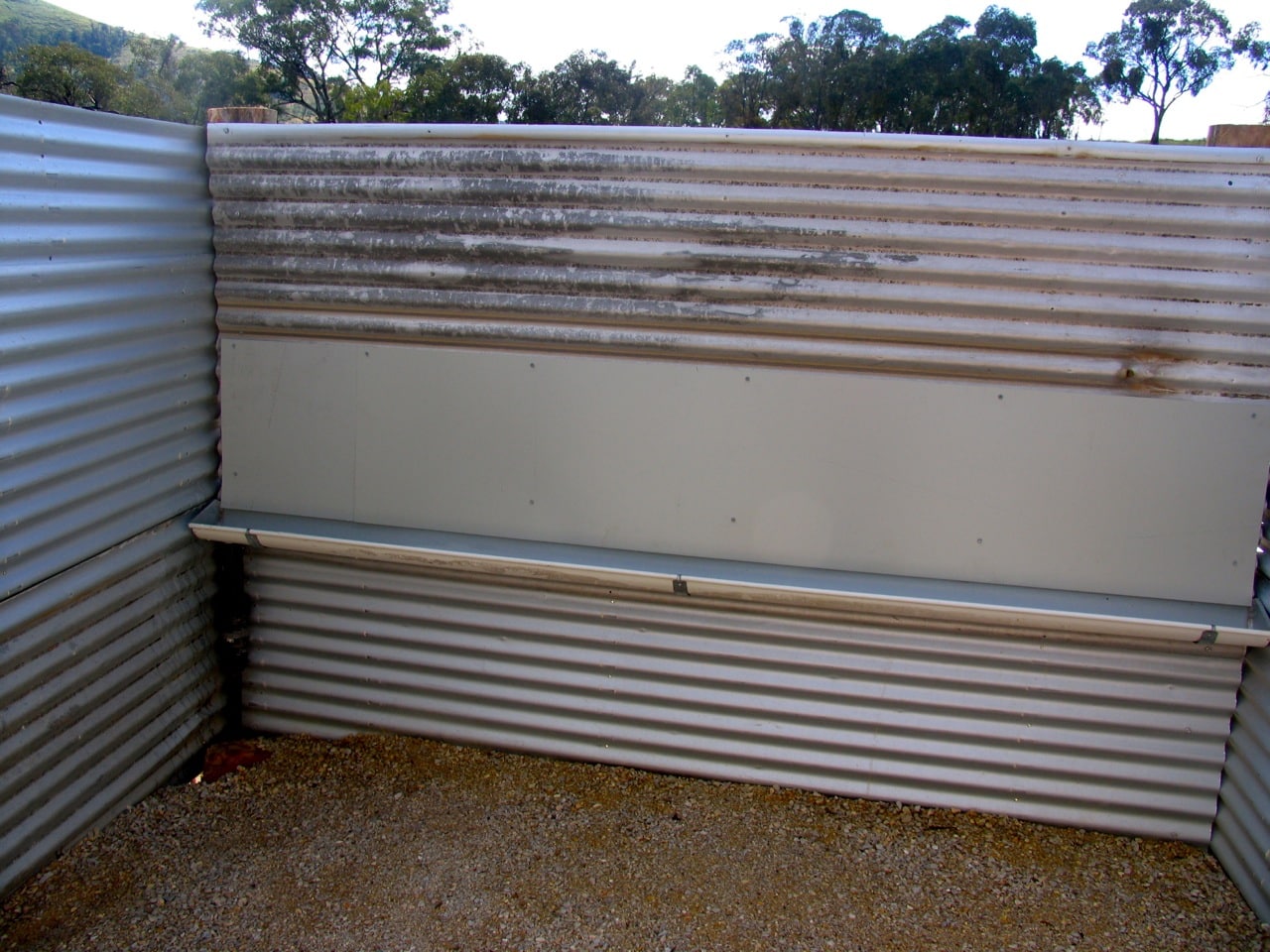

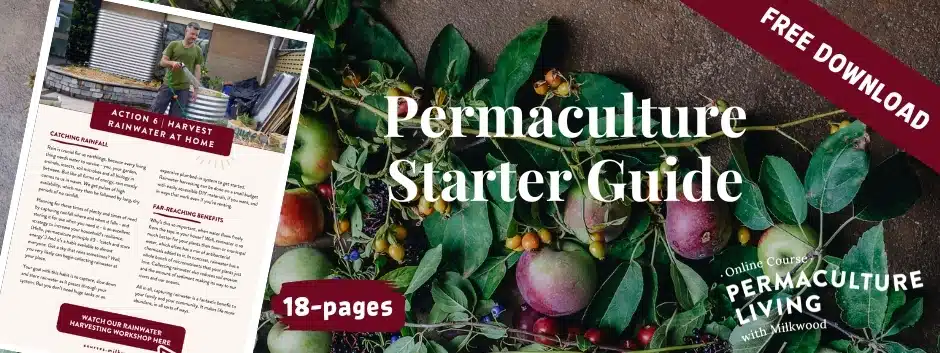

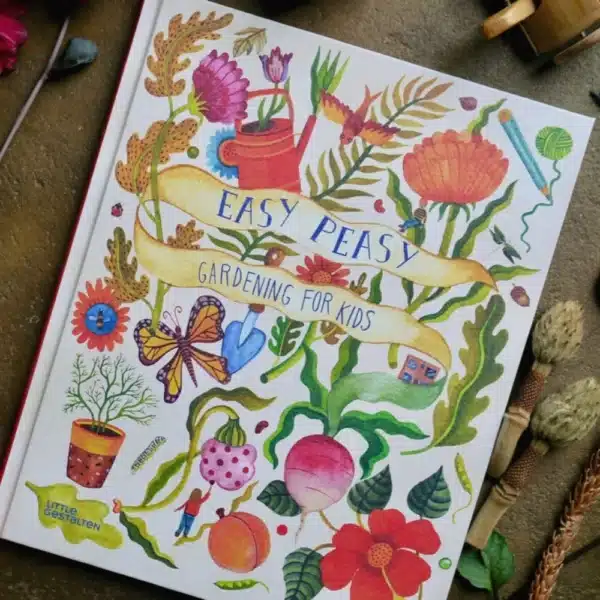
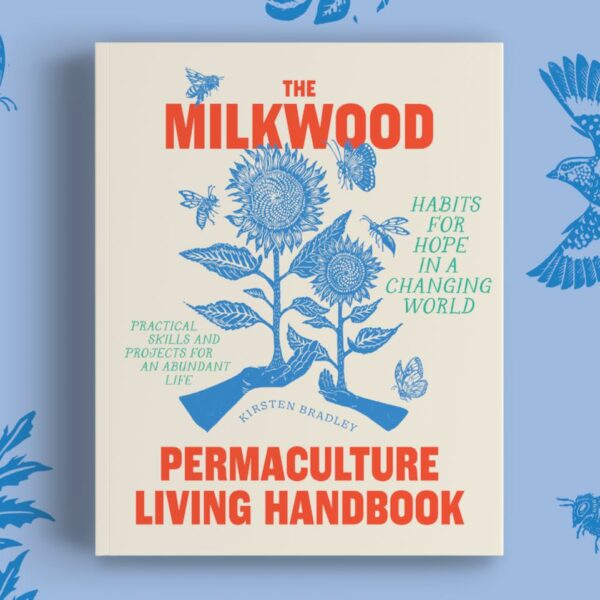
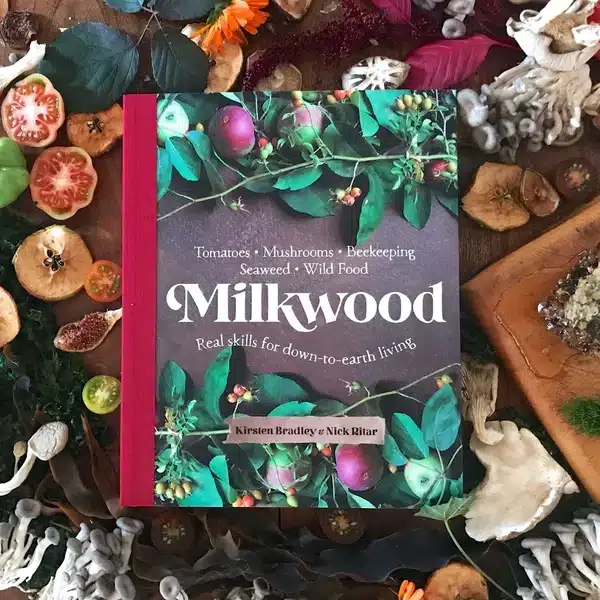






Really inspiring. LOVED the TED talk too, composting toilet on the to do list. Thanks for posting.
Here’s another urine diverter as an alternative to the expensive commercial ones http://www.omick.net/composting_toilets/barrel_toilet_urine_diversion.htm
Nice one! Thanks for that 🙂
So how does an enviro-cycle system fit in here? You know the ones treated with UV light prior to being pumped out onto your garden/pasture/whatever?
With that fancy little bucket I just might be able to convince the rest of family to recycle our wee. I wonder if the ick factor we feel so strongly today stems from the middle ages?
The ole milk jug and comfrey patch treat me well :). Some folks use 5 gallon buckets as well.
Just a word of caution – if ever you are ill, and are taking antibiotics, that urine should NOT be collected and used 🙂
Dani, if that urine is sprinkled over or into a properly working compost heap, the biota within the heap will deal with any antibiotics present and I doubt if you would have any problems.
Thanks Dani, Good point. We do put a lot of toxic chemicals into our systems… and when we do we should be very cautious about where they end up. Remember, just because you are flushing polluted urine down a toilet instead of re-using it in your veggie garden does not mean you are disposing of it in an environmentally friendly way. It will be going into an ecosystem somewhere and doing damage when it gets there. I believe the best solution in this case is to use the urine on ornamental plants, in a forest or on a lawn. At… Read more »
I’m looking forward to seeing what you come up with for your ‘girl-friendly’ urinal.
Thanks for linking to my recent post. Great minds think alike 😉
Perhaps an ‘assistive device’ for the gals? http://blogs.sfweekly.com/thesnitch/2011/09/primer_on_devices_to_help_wome.php
Ha! Yes well I’ve personally tried a couple of these and I’d rather squat any day. We’ll see what spring brings 😉
Free book on internet on humanure is a fascinating read – Finally a vindicating article for my ravings all these years! I fancy Swedish composting toilets for solid humanures – read somewhere on net, that peeing on sawdust helps make a chemical change that is beneficial, then mulching this product into flower beds works miracles. One article insisted that dilited urine only can be used directly on soil, but not on plants. Some confusion here, needs clairifying? Keep up the wonderful work. Western world in a state of transistion, you are the technologists of the new age.
Not only antiboitics ,I’d be concerned also if women were on the pill. All those hormones would not be good for the plants or is this not a problem.?
Hi Christine, Same deal as with anti-biotics, yes it may well be a problem, not so much for the plants, probably more so for the oestrogen levels in the animals who feed in the garden… including humans. This may be a serious problem for a developing male foetus. Just like the increased levels of all the other endocrine disrupters in our food system. http://en.wikipedia.org/wiki/Combined_oral_contraceptive_pill#Environmental_impact The informed decision should be made when we purchase the stuff. Will this substance damage ANY ecosystem? By cycling your urine & humanure locally the damage is kept local to your home/food. This is fantastic, because… Read more »
I just use the old fashioned way – Wee on a tree
http://www.sixgorillas.com/2012/05/wee-on-a-tree/
Thanks for that information Nick. Often wondered about it.Very scary actually. I live on a farm and have a septic tank. Daggy & old fashioned but necessary. you cannot have sewage systems in a green wedge area. At least most of our sewage ends up feeding the grass and evaporating and some I presume would end up in the ground water eventually. People worry alot about what they eat etc but dont always think about what daily goes in their mouths such as contraceptive hormones ending up in our rivers & sea. Toothpaste, mouth wash,hairdyes, shampoos & conditioners, suntan creams… Read more »
Friends of ours in Elands (Comboyne Plateau NSW) built a ‘double’ long drop on their property. You use one seat when you wee (plus a handful of sawdust), and the other when you poo. Works a charm and their vege patch and orchard are doing very nicely thank you. Look forward to experimenting in my suburban patch. Thanks for all the interesting links and information you provide.
I think this issue is extremely important. What is shocking is not that people pee on their gardens, but that people don’t! Buying nitrogen fertilizers in while throwing away pee is just a real shocker once you realize the potential. Not only does urine contain the vast majority of macro nutrients (N-P-K) leaving the body, but it is also full of so called trace elements. Soil grows food and the food grows the people, so strip-mining the soil of nutrients year after year without re-applying them isn’t sustainable. I’ve been using urine for my gardens for about 10 years and… Read more »
I love the trees in the background of the picture of your farm urinal, what are they? Love your website, keep up the good work.
PS the ones on the flat in rows.
They’re frantoio olives! Actually that paddock is on our family’s farm, not milkwood, so not managed by us. but we gladly eat the olives 🙂
BTW, I when I said humanure system is inelegant, I meant the Jenkins model which is where the term originated as far as I know. Yours looks pretty nifty, but check out the EcoSan model. It seems hard to beat for simplicity and elegance and includes urine separation which is much more flexible than urine in the compost. If one remained concerned about disease, it would be easy enough to finish the desiccated poo off in a solar oven arrangement or some other simple method.
Brilliant! Always knew that pee was good for the citrus but will be working out a way of using it more liberally. Not sure the hubby will be too pleased but as I am in charge of the garden he might just have to drop the dacks for the cause!
With the amount of prescription drugs being ingested these days, I’d be hesitant to pour urine on any soil intended for food production. In fact, there’s much concern about drugs remaining in water that has gone through various water treatments.
The soil is an amazing organisim for breaking down chemicals quickly, so pasture regeneration is a good choice, and far better than pumping it out to sea. Also, the rule of thumb is if you’re sick or on heaps of drugs, obviously you shouldnt be putting your outputs on your food crops.